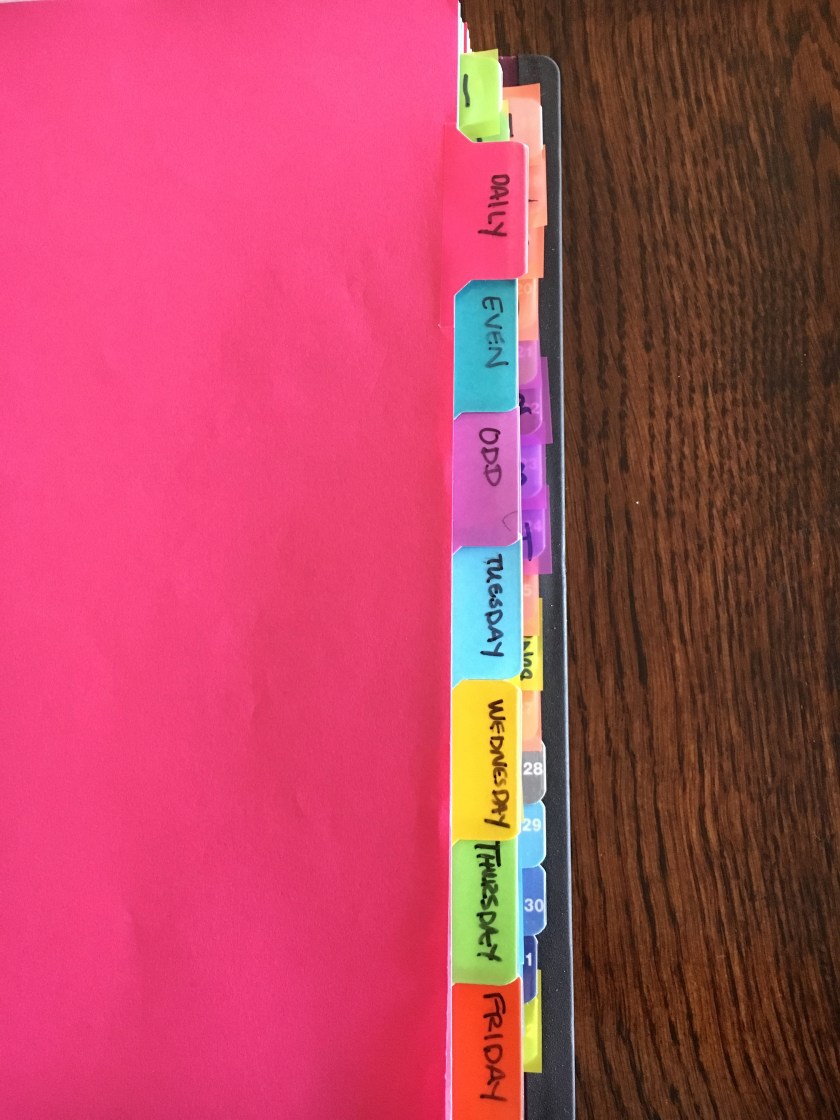
In our home, we have two particular habits that help us remember what we have learned and where we have been. Those two habits are memory work and narration.
Every school morning after chores and breakfast, we cozy up on fluffy couches with books and memory work notebooks and my second cup of coffee. Everyone is in favor of me having a second cup of coffee, but I don’t make them all special hot drinks at this point in the day.
I set a timer for twenty-five minutes, and we work our way through the day’s sections in our memory work notebook. We aim to finish what is in each section before the time beeps. If we don’t goof off too much, we can just make it. If I allow myself to be distracted, we don’t make it.
Our memory work notebook includes Bible verses. We hide chunks of scripture in our hearts. It also contains hymns from the hymnal our tiny church uses. We learn at least one poem from each poet we study (about four each year), and we learn the poems from IEW’s Linguistic Development through Poetry series. There are folk songs from my childhood that my kids otherwise wouldn’t know, like “Oh, Susanna!” that are culturally or historically relevant, and patriotic songs, such as “America the Beautiful.” Because we are a part of Classical Conversations, my younger boys’ Foundations memory work is in the binder also.
That sounds like a lot to memorize, doesn’t it? There are several things to keep in mind as you read this. First of all, we didn’t just start out with this amount of memory work overnight. We’ve been adding to this particular binder for two years, and before that, I was keeping track of what we memorized more haphazardly. Secondly, each month, there are only three or four new things to learn. Everything else is review. Finally, when the timer beeps, we quit. Occasionally, we are really close to being done with the day’s review when we are interrupted, and in that case, we might go ahead and finish. But, the rule is to stop and close the notebook when the time is up.
Narration is much simpler. It is really just developing a habit of telling a story of something that you read or experienced. We tell a lot of stories around here.
Some stories we find in books. When we read aloud, someone always has to tell back the story we read. Since we tend to read from several books in the same thirty or forty minutes, I pick up a book and ask, “Now where were we in this story?” and a boy sets the scene while I find the page, and we all settle in to hear what happens next.
Some stories are tales of our own adventures. These usually start with “Remember when…?”. Occasionally, we flip though a family photo album and talk about the boys when they were younger. We’ll remember together the day a brother fell in the pond at the pack and the day another brother sunk a winning basket in a great game. We’ll remember when Daddy got his seminary degree and when the baby was here for only a few months. We tell our own stories, and some of those are tied to the calendar. We talk about births on birthdays and deaths on Glory Days and our wedding on our anniversary.
Some are family stories. We tell cautionary tales about the time Grandma almost lost her hand to a gar while fishing in an Oklahoma lake. We tell stories of familial entrepreneurial success and failure, of remodeling success and of appliances breaking, of beautiful old cars and of automobile accidents that may have been preventable. Where there are people, there are stories, and those stories beg to be told and retold. Beautiful words in hymns and poetry beg to be remembered and imitated, sometimes unknowingly. If all things are to be compared with the plumb line that is Christ, then we must tuck the truth of scripture away in our minds so that we can find it easily when we need it. We are formed by our memories, and so we must choose to remember.
 Scripture: Hiding God’s word in your heart (and in your kids’ hearts) is a way to always have it with you
Scripture: Hiding God’s word in your heart (and in your kids’ hearts) is a way to always have it with you Poetry: A storehouse of beautiful words beautifully said makes a better reader and a better writer. This storehouse challenges what words sound good and challenges the owner to choose his words carefully when speaking or writing.
Poetry: A storehouse of beautiful words beautifully said makes a better reader and a better writer. This storehouse challenges what words sound good and challenges the owner to choose his words carefully when speaking or writing. Hymns: Great hymns of the church, whether they are ancient or recent, tend to declare Biblical truths in a memorable and accessible way.
Hymns: Great hymns of the church, whether they are ancient or recent, tend to declare Biblical truths in a memorable and accessible way. Folk Songs: Folk songs connect us to the past through music. These songs typically tell stories that are timeless and not to be forgotten, fleshing out entries on a timeline or stories in a history book into a retelling of real life.
Folk Songs: Folk songs connect us to the past through music. These songs typically tell stories that are timeless and not to be forgotten, fleshing out entries on a timeline or stories in a history book into a retelling of real life.




You must be logged in to post a comment.